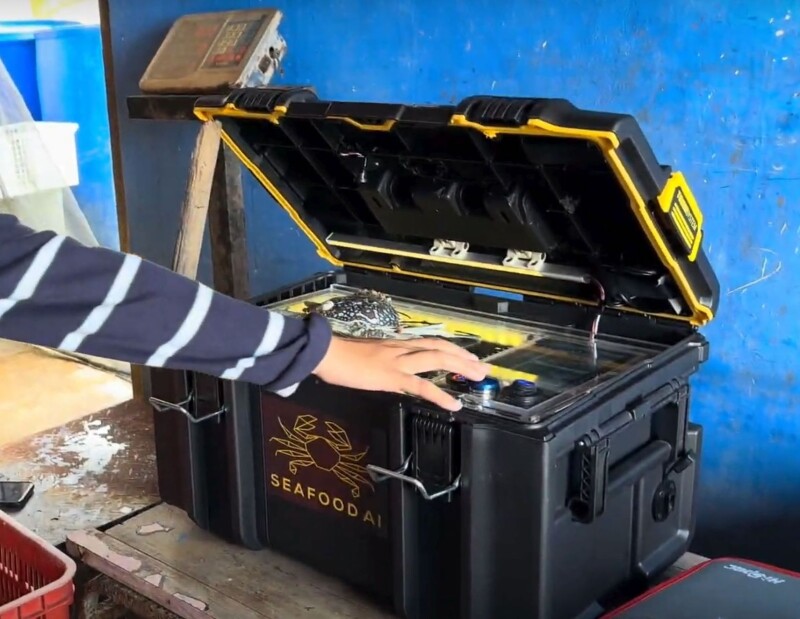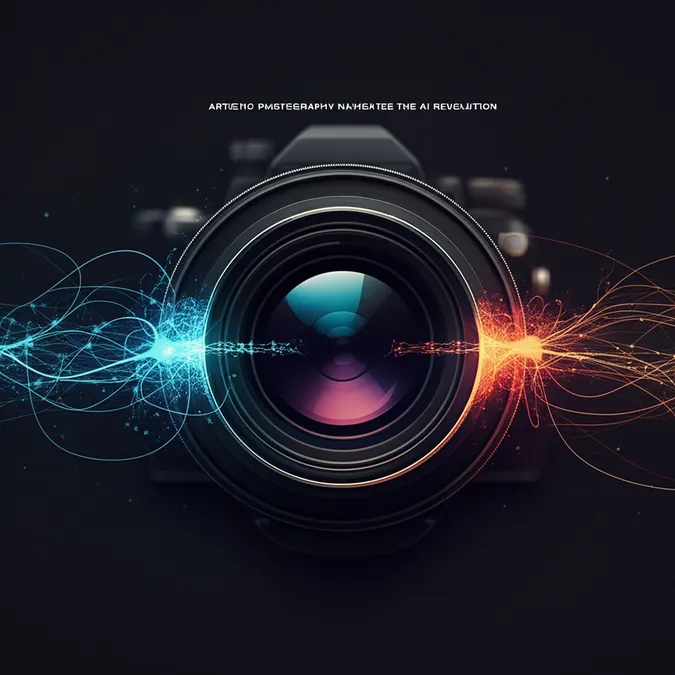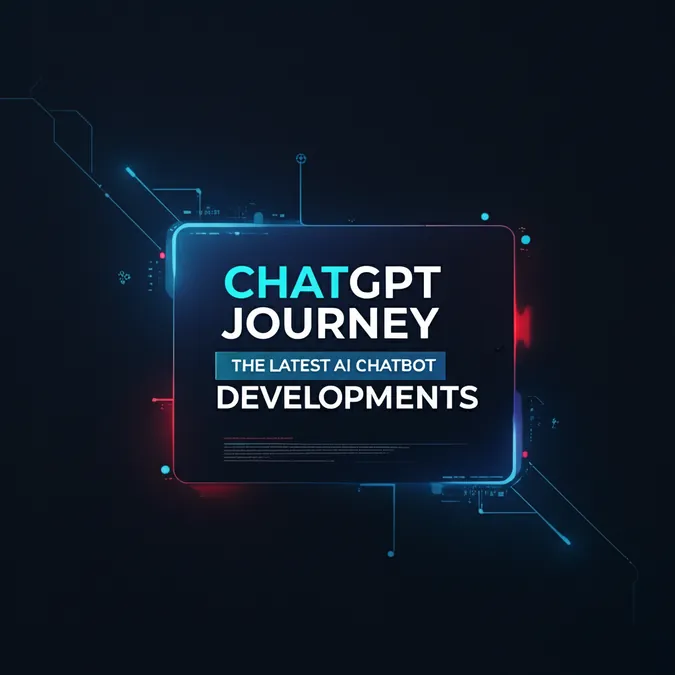How AI is Turning Fishermans Data Into Dollars
The seafood industry is on the brink of a technological revolution, and it's being led by a vision to empower the very people who harvest our oceans: the fishermen.
The Problem with Today's Certification
For years, sustainability certifications like the one from the Marine Stewardship Council (MSC) have been the standard. However, Rob Terry, a fisheries technology developer and founder of SeafoodAI, argues this model is fundamentally broken. "The MSC model is outdated," Terry states. "It’s expensive, slow, and puts the burden on fishermen. It leaves major data gaps and fails to provide the insights needed to proactively manage fisheries."
A major point of contention is who truly benefits. In most cases, the final seller reaps the financial rewards of a premium, sustainable product, while fishermen and processors are stuck with the costs of certification just to get market access. For many smaller operations, this system has become more of a barrier than a benefit.
A Digital Revolution for Seafood
Terry’s proposed solution, SeafoodAI, is a comprehensive system designed to flip the script. By integrating everything from smartphone apps to high-tech biometric scanners, the platform tracks seafood throughout the entire supply chain. Its goal is to verify sustainability and, crucially, distribute a portion of the premium price back to every contributor.
"Data is gold," Terry explains. "Instead of submitting it at a cost, fishermen would get paid for it." Under this new model, fishermen providing the essential data for managing a sustainable fishery would earn credits, directly benefiting from keeping fisheries healthy and profitable.
How It Works From Boat to Plate
At the point of sale, a product receives an electronic label that includes a unique biometric ID. This label carries all the associated data supplied by the fisherman, such as where and when the product was caught, along with weather and oceanographic information.

Anyone along the supply chain who helps maintain the integrity of that product also gets a credit. When the product is sold to the final consumer, a portion of the premium price is collected into a fund that pays out to all contributors. "It’s a form of cryptocurrency backed by something real – fish,” Terry says.
The entry point for data collection can be as simple as scanning seafood with a GPS-enabled smartphone app, making it accessible for small-scale fishers. Larger vessels could invest in more advanced tools, like specialized seafood scanners.
Solving Real-World Industry Challenges
This wealth of real-time, verifiable data isn't just for creating a fairer payment system; it's a powerful tool for management and marketing.
Fisheries managers would gain access to invaluable, up-to-the-minute information to make informed decisions. Terry points to Alaska, which has some of the best-managed fisheries in the world. "But even there, the lack of a digital backbone... is creating blind spots," he notes. "Fisheries like crab are being shut down unexpectedly, sometimes without complete data."
On the marketing front, the system tackles mislabeling. "A good example is Gulf crab," Terry says. "It’s often marketed as Chesapeake crab, and that means Gulf producers are losing the value of their brand." Digital tracking would ensure product origin is protected.
The Path Forward is Bottom-Up
While the potential is enormous—Terry suggests the system could add 10 percent or more to the seafood industry's overall value—the journey is just beginning. After meeting with fisheries commissions on the Gulf coast, the feedback was clear: "This has to start with the fishermen. It has to be a bottom-up initiative, not top-down."
Terry is currently seeking funding and early adopters to bring his vision to life: a smarter, fairer, and more connected seafood economy where the stewards of the ocean finally share in the value they create.


